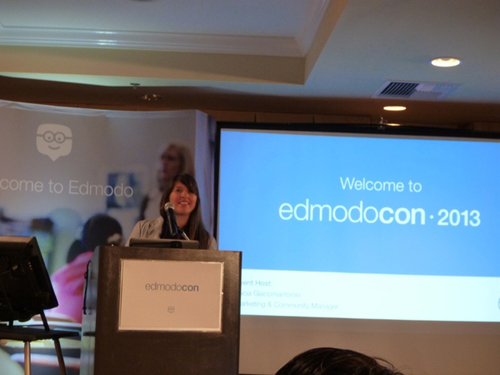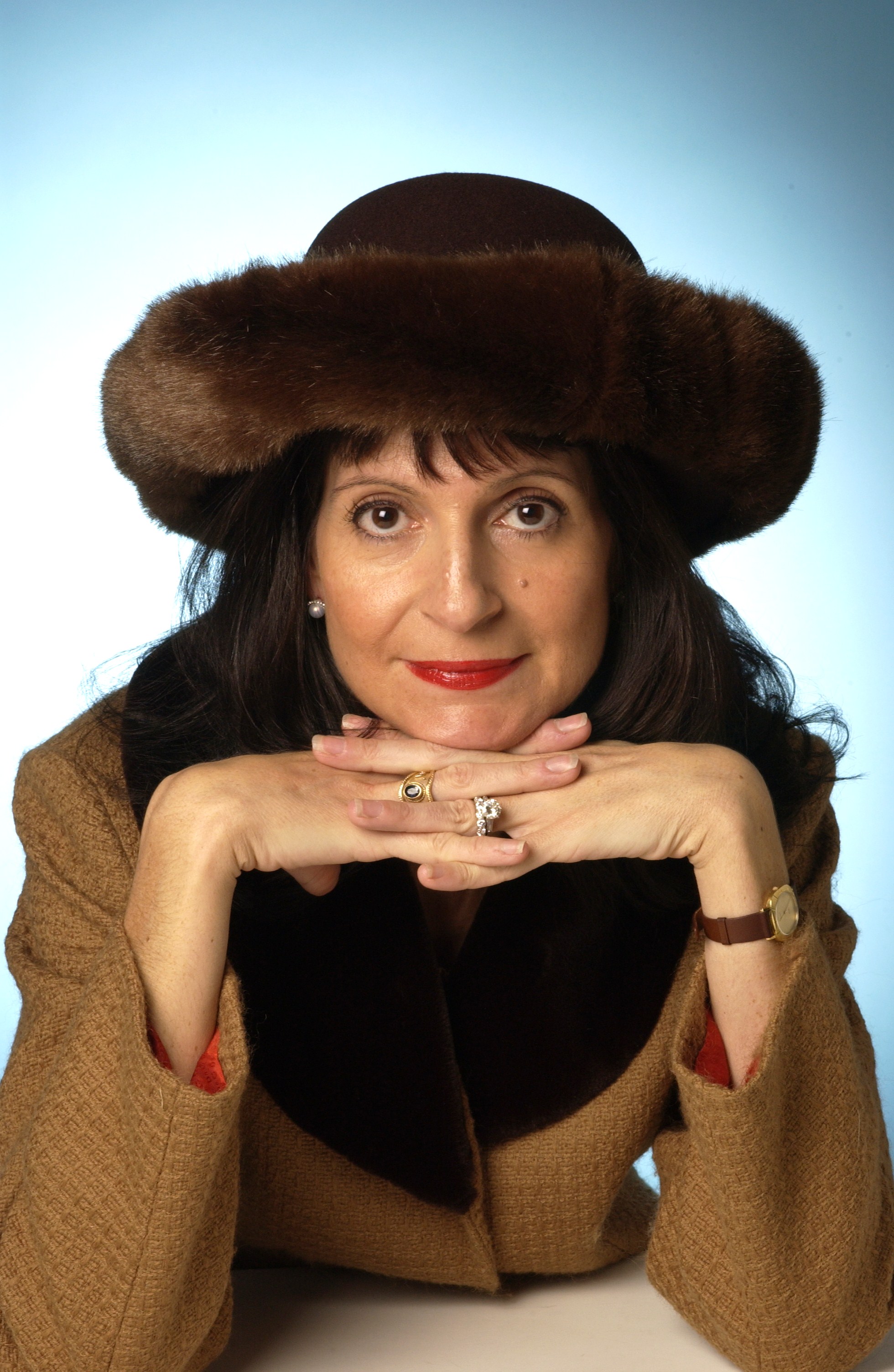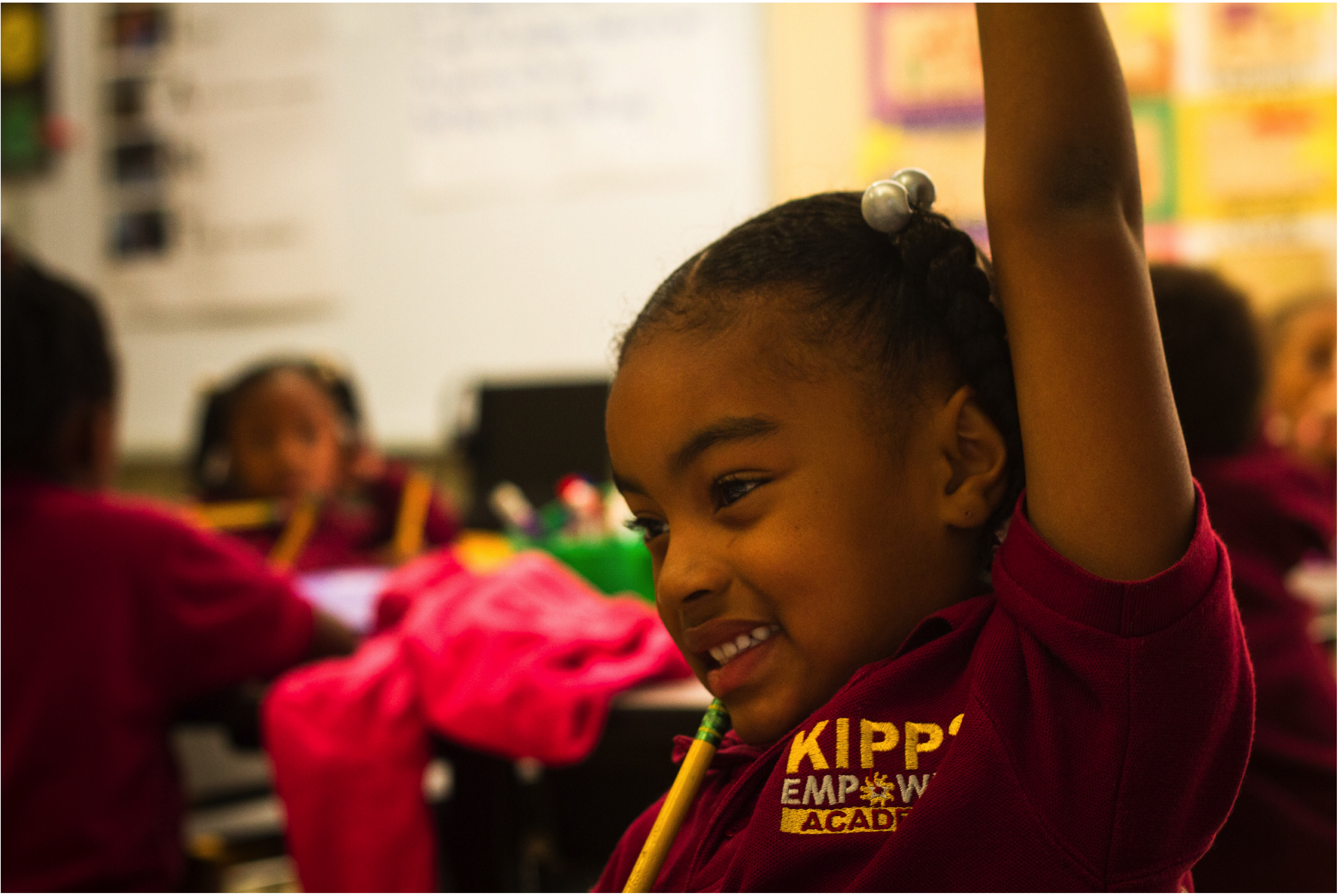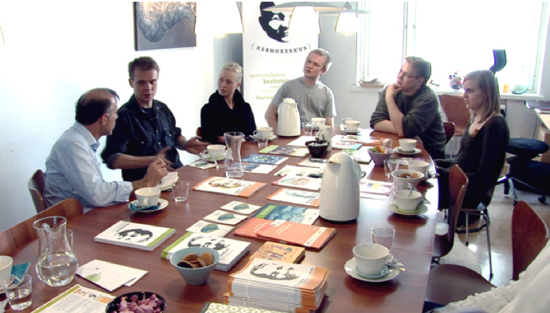Congratulations to Dr. Sugata Mitra on winning the 2013 Premio TED. While I am not entirely sure of what your School in a Cloud model will ultimately look like, allow me to share some thoughts and perspectives as you continue your journey to build it.
After screening the soon to be released film L'aumento della ragazza last night, I am convinced we need a School in a Cloud concept to help solve the tragic problem of children who have no school at all. Illiteracy is a major problem everywhere including the U.S. If I were building the School in a Cloud, my goal would be to create a school that would be accessible anywhere in the world at anytime and at no cost so as to ensure that all girls (and boys too of course) regardless of socio-economic background, etnia o circostanze, could realize their right to a quality education.
What is a quality 21st century education? The truth is that whether or not you believe that teachers and classrooms can be replaced by self directed learners and a cloud, millions of children in this country and around the world don’t have the luxury of waiting for someone to win an old school-new school debate. Millions of others would just like to go to any school. So I’m interested in following your School in a Cloud concept and seeing how far you go to inspiring global-scale change. In definitiva, I believe in children and I believe children will always learn to do what they want to learn to do. Così, I’m going to bet on self-motivated, curious, creative little children. Give them access and they will come!
Tuttavia, here are some crucial structural and strategic things I would pursue before launching School in a Cloud:
Primo, one needs to address the problem that children must learn to read and write before they can embark on intellectual adventures. I would want to see the School in a Cloud come up with a formula that equips all children with these skills who currently have no school or attend a poor school.
Secondo, in terms of determining content for students, I would surround myself with the best forward thinking education minds in 21st century educational research (in each country) to ensure I understand the needs of future learners. We know we have to redefine the model because the model has changed. Knowledge is free and knowledge is constantly changing. Children need education for the Innovation Age. Since I’ve written realms on this already, I won’t go into it here, but I would just emphasize that content developers cannot pay enough attention to the importance of the arts in future learners’ educazione. Future learners need to be able to identify problems and come up with sustainable solutions. It’s important to ensure they hone their creative skills.
Terzo, I would relish the opportunity to build a top quality global teacher network for children (especially given that my Cloud teacher mentors would no longer have to physically go to poor schools in poor neighborhoods but could interact with their students online). The role of the teacher is redefined in the Cloud concept. Teachers become the coaches and mentors of self directed learners. This may require a Cloud professional development program for teachers.
Quarto, we need more research in this new approach to learning. Per esempio, are all learners self-learners or do some learners require more structure and more direction from a teacher or mentor? It is important to initiate larger scale research programs to determine this. Perhaps this should be built into the School in a Cloud budget from the get go so that we continue to learn how this approach can improve learning.
Quinto, concepts like School in a Cloud continue to educate education leaders and policy makers on the possibilities and potential of technology. This is a good thing. Computers aren’t expensive relative to other non-computer methods. The latter on its own will not solve the illiteracy and achievement gap crisis the world faces. I would hope projects like this one further inspire governments, education advocates and people like Bill Gates to find ways to give every poor child access to a computer. How much could that alone level the playing field?
Sixth, when it comes to developing digital learning programs, we still need to focus on quality, quality and quality again because so much of what I see digitally is still average, (maybe occasionally above average). I would place the same pressure on the developers and engineers of children’s digital learning tools as Steve Jobs did on the folks who developed his Apple iPads. If in doubt, test it out on kids and let them help make it better.
Finally and most important, a new School in a Cloud presents an opportunity to rethink student assessment. We know that children learn so much more when they are not being taught to pass tests. How much more quality learning could be realized in a stress-free, di collaborazione, anytime, any place Cloud if no one is dictating when and how often students needed to be tested?
E così, Sugata, congratulations again. If your goal is anywhere near as lofty as mine, I will put on my heaviest overcoat and convince myself that it is worth trekking to gloomy Newcastle in North England to do what I can to help you out. A million dollars is a good start but if things go well you may need a bit more.
Nel Global Search per l'Educazione, unirsi a me e leader di pensiero di fama mondiale tra cui Sir Michael Barber (Regno Unito), Dr. Michael Block (Stati Uniti), Dr. Leon Botstein (Stati Uniti), Il professor Argilla Christensen (Stati Uniti), Dr. Linda di Darling-Hammond (Stati Uniti), Dr. Madhav Chavan (India), Il professor Michael Fullan (Canada), Il professor Howard Gardner (Stati Uniti), Il professor Andy Hargreaves (Stati Uniti), Il professor Yvonne Hellman (Paesi Bassi), Il professor Kristin Helstad (Norvegia), Jean Hendrickson (Stati Uniti), Il professor Rose Hipkins (Nuova Zelanda), Il professor Cornelia Hoogland (Canada), Onorevole Jeff Johnson (Canada), Sig.ra. Chantal Kaufmann (Belgio), Dr. Eija Kauppinen (Finlandia), Segretario di Stato Tapio Kosunen (Finlandia), Il professor Dominique Lafontaine (Belgio), Il professor Hugh Lauder (Regno Unito), Il professor Ben Levin (Canada), Signore Ken Macdonald (Regno Unito), Il professor Barry McGaw (Australia), Shiv Nadar (India), Il professor R. Natarajan (India), Dr. PAK NG (Singapore), Dr. Denise Papa (Stati Uniti), Sridhar Rajagopalan (India), Dr. Diane Ravitch (Stati Uniti), Richard Wilson Riley (Stati Uniti), Sir Ken Robinson (Regno Unito), Professor Pasi Sahlberg (Finlandia), Andreas Schleicher (PISA, OCSE), Dr. Anthony Seldon (Regno Unito), Dr. David Shaffer (Stati Uniti), Dr. Kirsten Immersive Are (Norvegia), Cancelliere Stephen Spahn (Stati Uniti), Yves Theze (French Lycee Stati Uniti), Il professor Charles Ungerleider (Canada), Il professor Tony Wagner (Stati Uniti), Sir David Watson (Regno Unito), Professor Dylan Wiliam (Regno Unito), Dr. Mark Wormald (Regno Unito), Il professor Theo Wubbels (Paesi Bassi), Il professor Michael Young (Regno Unito), e il professor Zhang Minxuan (Porcellana) mentre esplorano le grandi questioni educative immagine che tutte le nazioni devono affrontare oggi. Il Global Ricerca per l'Educazione della Comunità Pagina
C. M. Rubin è l'autore di due ampiamente lettura serie on-line per il quale ha ricevuto una 2011 Premio Upton Sinclair, “Il Global Ricerca per l'Educazione” e “Come faremo a Leggere?” Lei è anche l'autore di tre libri bestseller, Compreso The Real Alice in Wonderland.






Commenti recenti